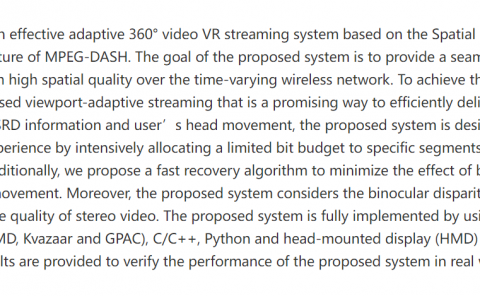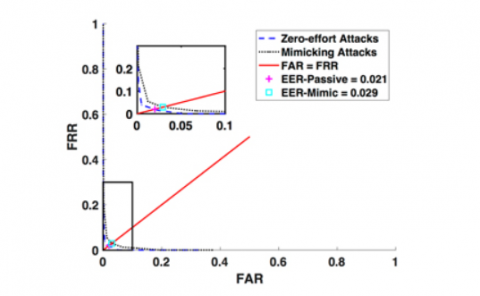Performance Study of Low Inertia Magnetorheological Actuators for Kinesthetic Haptic Devices
PubDate: Jun 2022
Teams: Sherbrooke’s University
Writers: Louis-Philippe Lebel, Jean-Alexis Verreault, Jean-Philippe Lucking Bigué, Jean-Sébastien Plante, Alexandre Girard
PDF: Performance Study of Low Inertia Magnetorheological Actuators for Kinesthetic Haptic Devices

Abstract
A challenge to high quality virtual reality (VR) simulations is the development of high-fidelity haptic devices that can render a wide range of impedances at both low and high frequencies. To this end, a thorough analytical and experimental assessment of the performance of magnetorheological (MR) actuators is performed and compared to electric motor (EM) actuation. A 2 degrees-of-freedom dynamic model of a kinesthetic haptic device is used to conduct the analytical study comparing the rendering area, rendering bandwidth, gearing and scaling of both technologies. Simulation predictions are corroborated by experimental validation over a wide range of operating conditions. Results show that, for a same output force, MR actuators can render a bandwidth over 52.9% higher than electric motors due to their low inertia. Unlike electric motors, the performance of MR actuators for use in haptic devices are not limited by their output inertia but by their viscous damping, which must be carefully addressed at the design stage.



